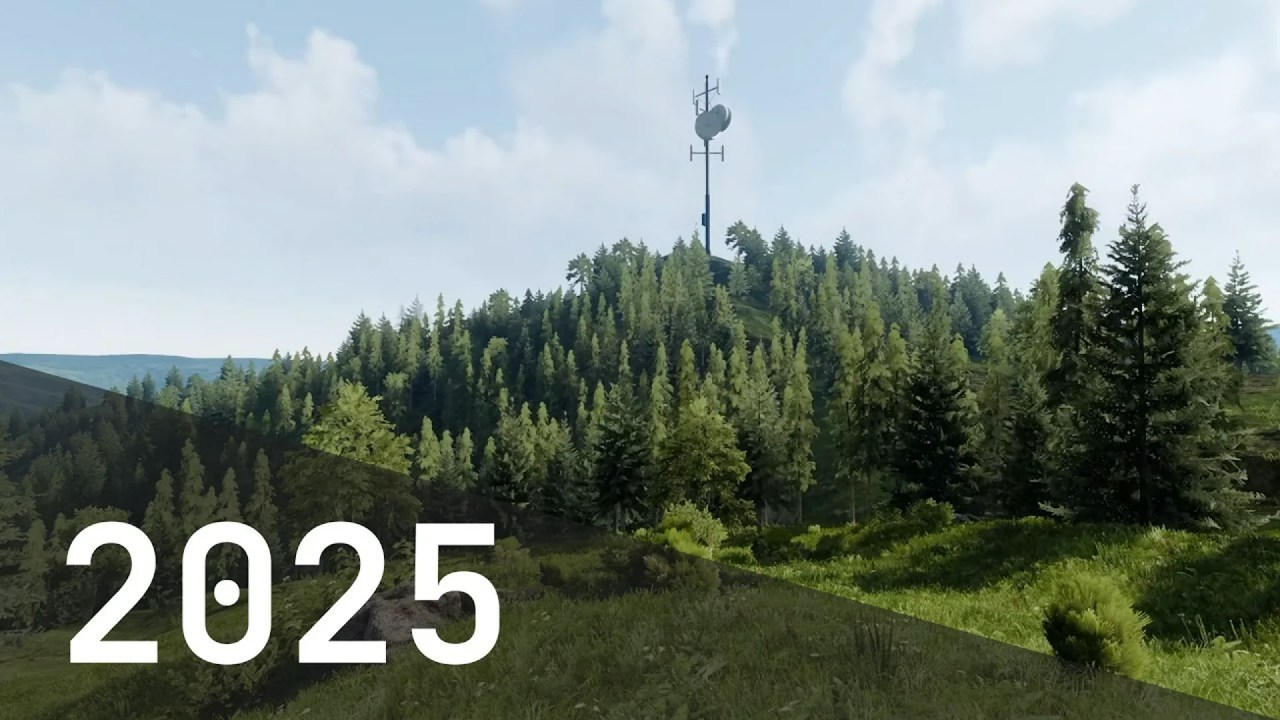Unreal Engine 5.6: Mastering Motion Design with Cloners
For 3D artists and Unreal Engine enthusiasts, the quest for efficient and dynamic workflows is never-ending. In the latest installment of the ‘Motion Design in Unreal Engine’ series, Nick Jushchyshyn (AKA Pixel Prof) unveils the power of cloners in UE 5.6, offering a streamlined approach to procedural object duplication.
Cloners allow you to create intricate patterns and dynamic effects with ease, opening up a world of possibilities for motion graphics and visual design within Unreal Engine. Let’s dive into the key takeaways from Pixel Prof’s tutorial.
What are Cloners and Why Should You Care?
Cloners are a procedural tool that duplicates objects, allowing artists to generate complex arrangements and animations from a single source. This is particularly useful for creating repeating patterns, architectural details, or abstract visual effects.
As Pixel Prof demonstrates, mastering cloners can significantly speed up your workflow and unlock creative possibilities that would be tedious or impossible to achieve manually.
Key Steps to Creating Cloners in UE 5.6
The video tutorial walks you through the process step-by-step, but here’s a quick rundown:
- Creating a New 3D Motion Design Level: The first step is setting the stage. Pixel Prof guides you through creating a dedicated level specifically for motion design, ensuring an optimized environment for your work.
- Creating a New Cloner: This is where the magic begins. The tutorial details how to instantiate a cloner object within your scene.
- Adjusting Settings for Optimal Effects: The real power lies in the cloner’s settings. Pixel Prof explores various parameters that control the duplication, spacing, and transformation of your objects, allowing for fine-tuning and customization.
By tweaking these settings, you can achieve a wide range of effects, from simple grid patterns to complex, animated arrays.
Pixel Prof’s Insights
In their latest video, Pixel Prof highlights the importance of experimentation when working with cloners. Small adjustments to the settings can lead to drastically different results, encouraging artists to explore and discover unique visual outcomes.
The video emphasizes that cloners are not just about replicating objects; they’re about creating dynamic systems that respond to animation and user input. This opens the door to interactive installations and real-time visual effects.
Dive Deeper into Motion Design with Unreal Engine
Ready to take your motion design skills to the next level? Unreal Engine offers a wealth of resources and tools for creating stunning visuals. To further expand your knowledge, check out the official Epic Developer Community documentation on Motion Design in Unreal Engine.
This resource provides in-depth information on various motion design techniques, including the use of cloners and other procedural tools.
Don’t miss out on the next installment of this Motion Design tutorial series! With each video, you’ll gain valuable insights and practical skills that will elevate your work in Unreal Engine.
Source:
Unreal Engine – Motion Design in Unreal Engine, Episode 02: Cloners



